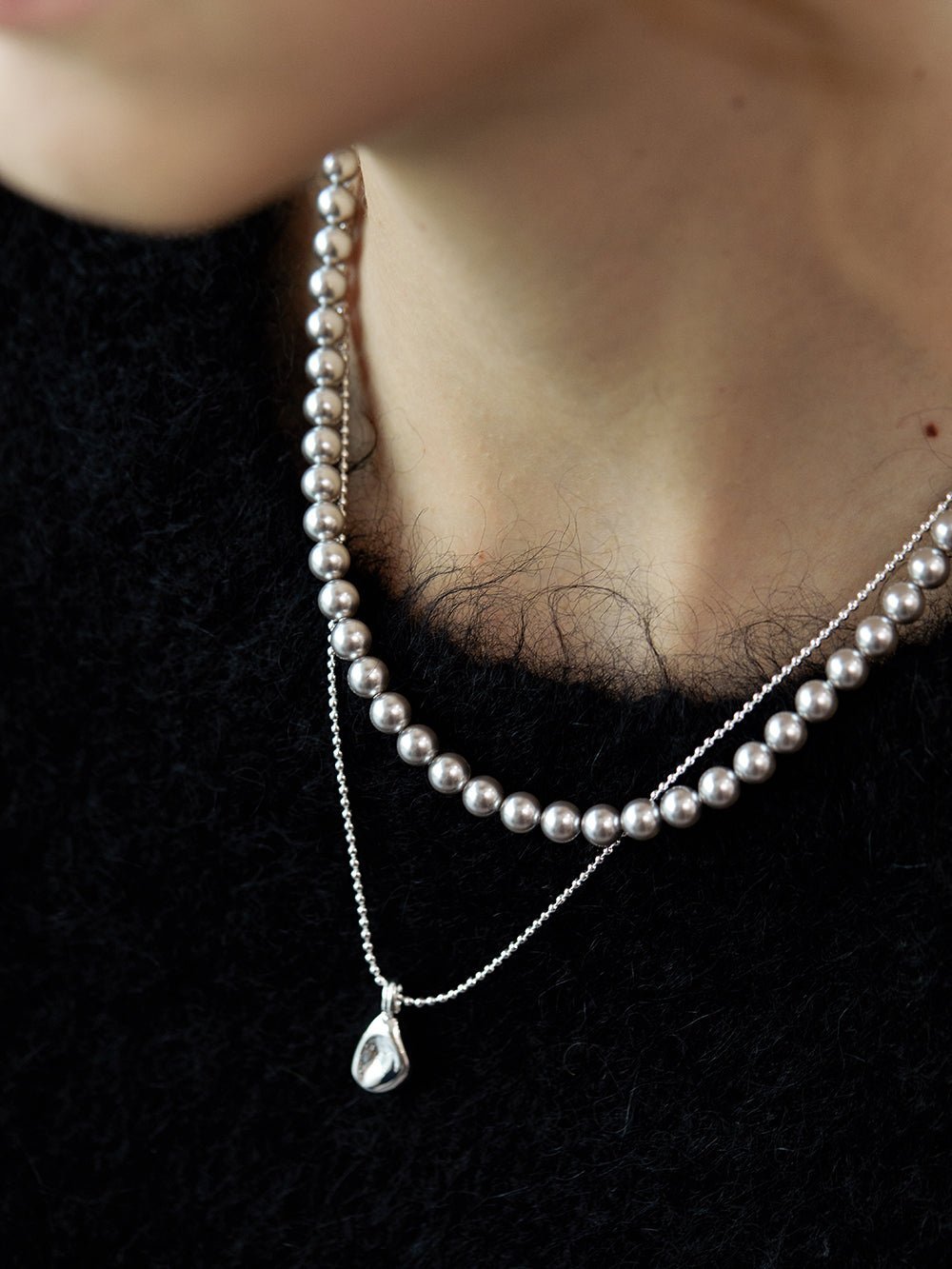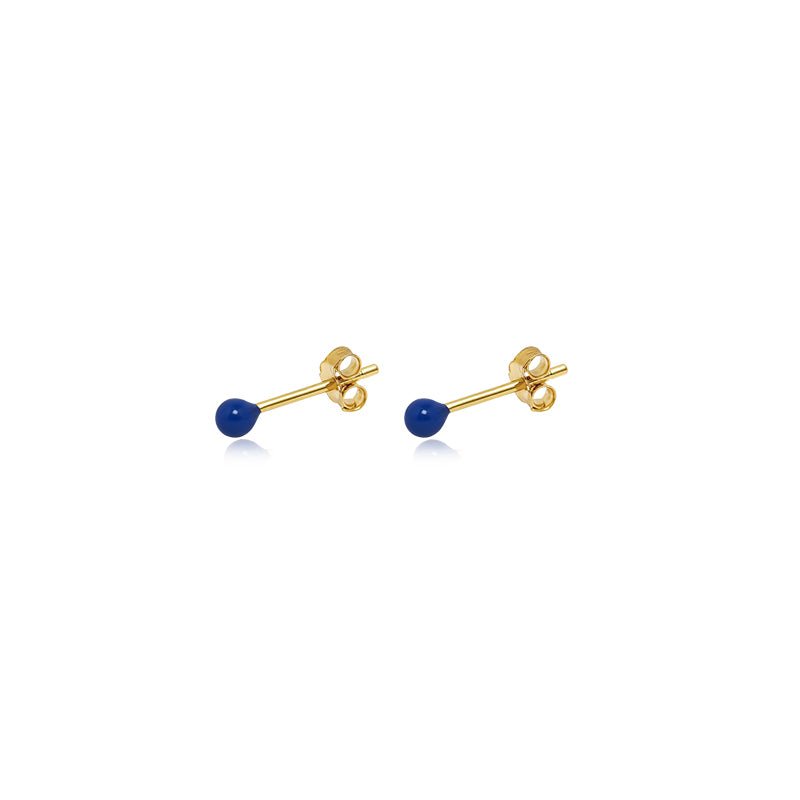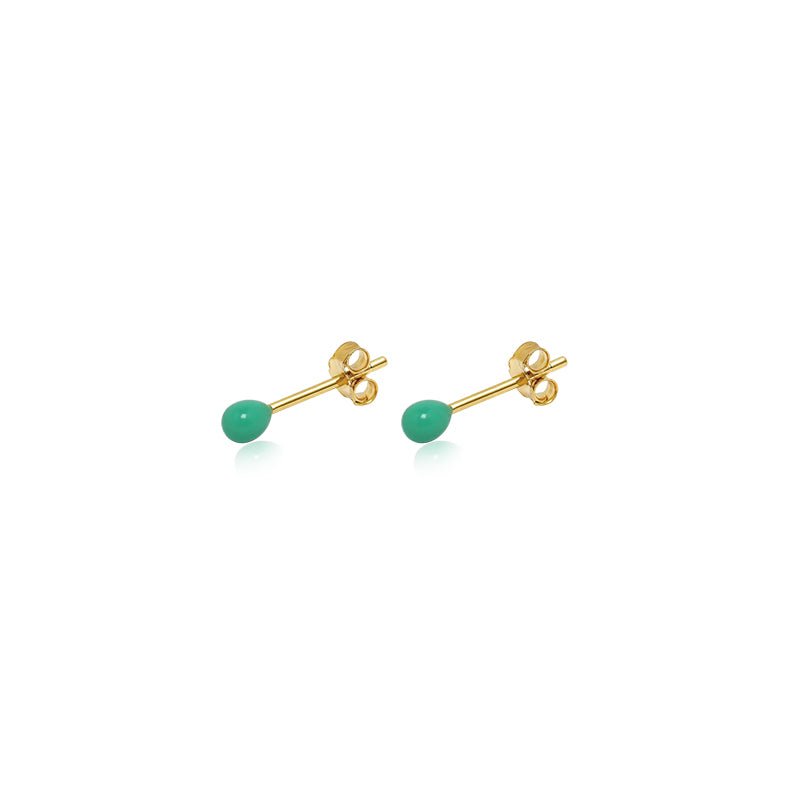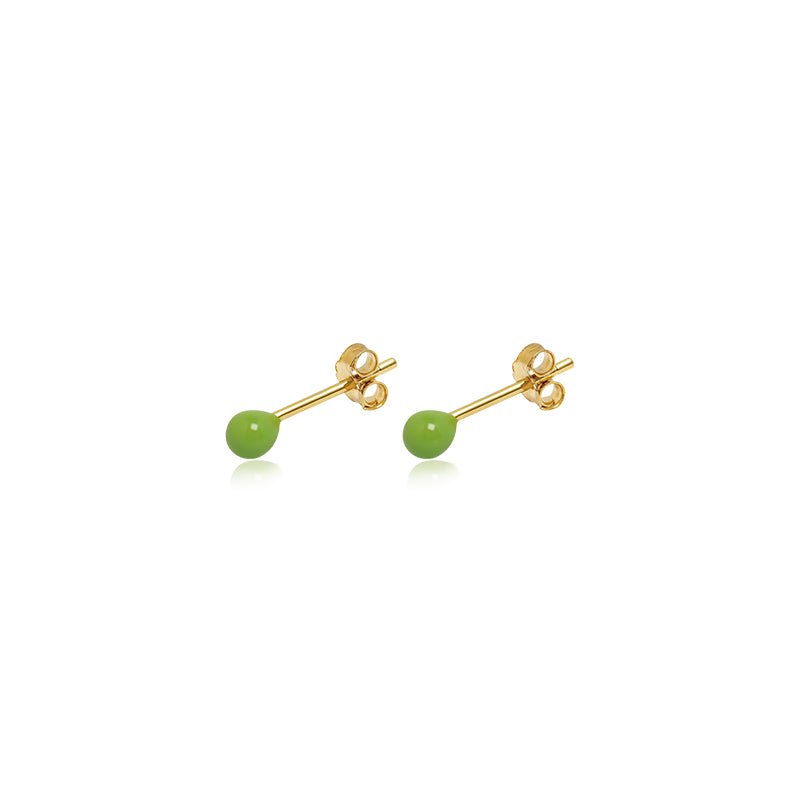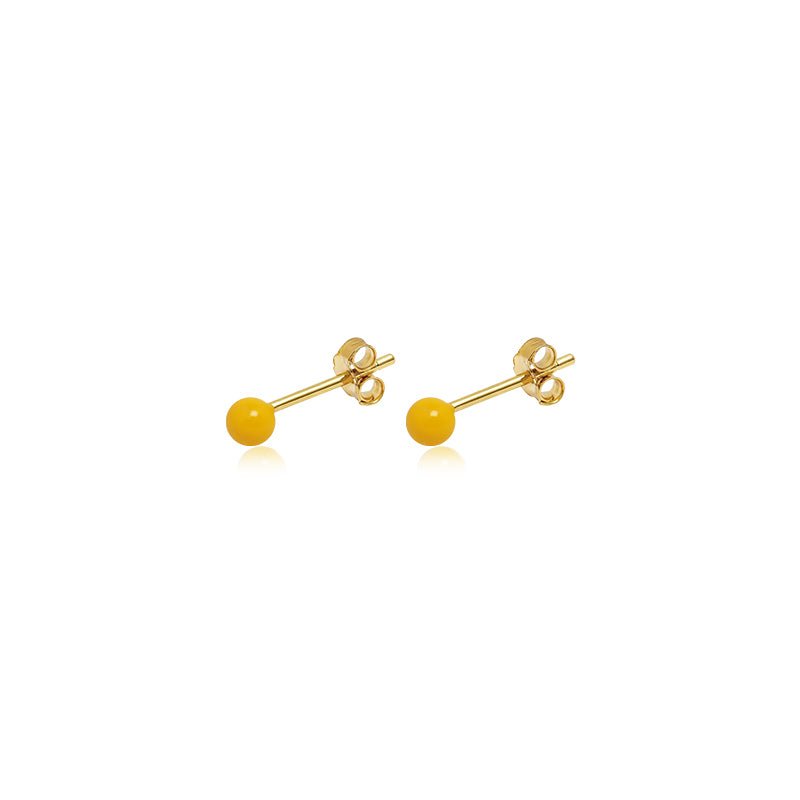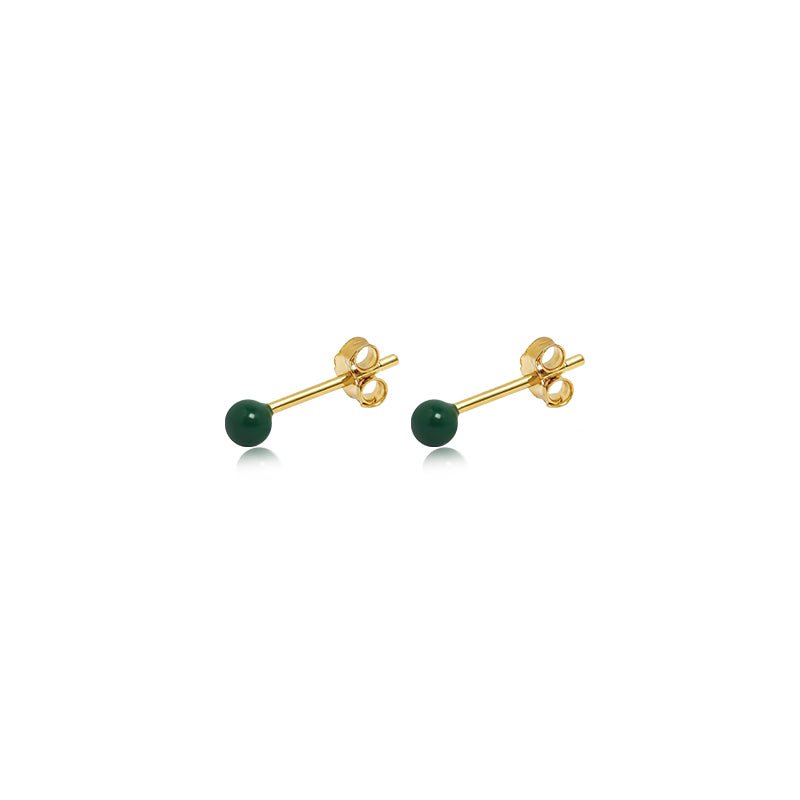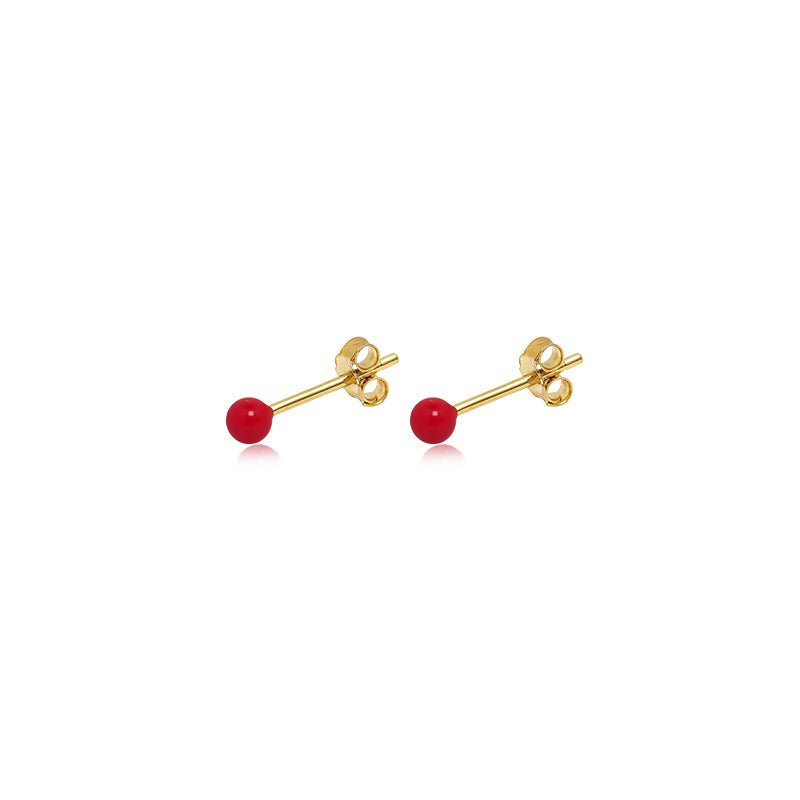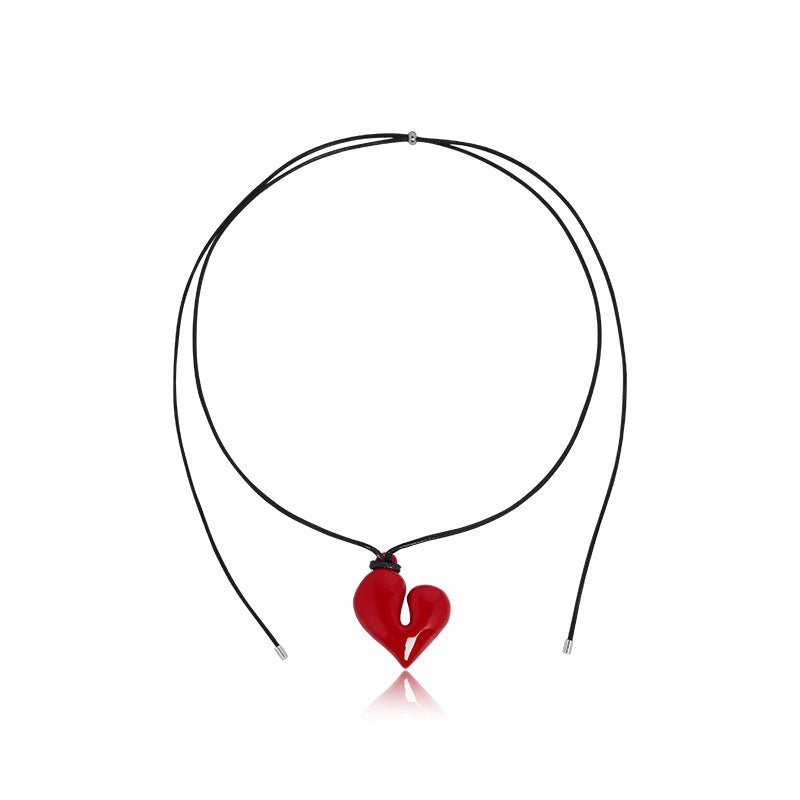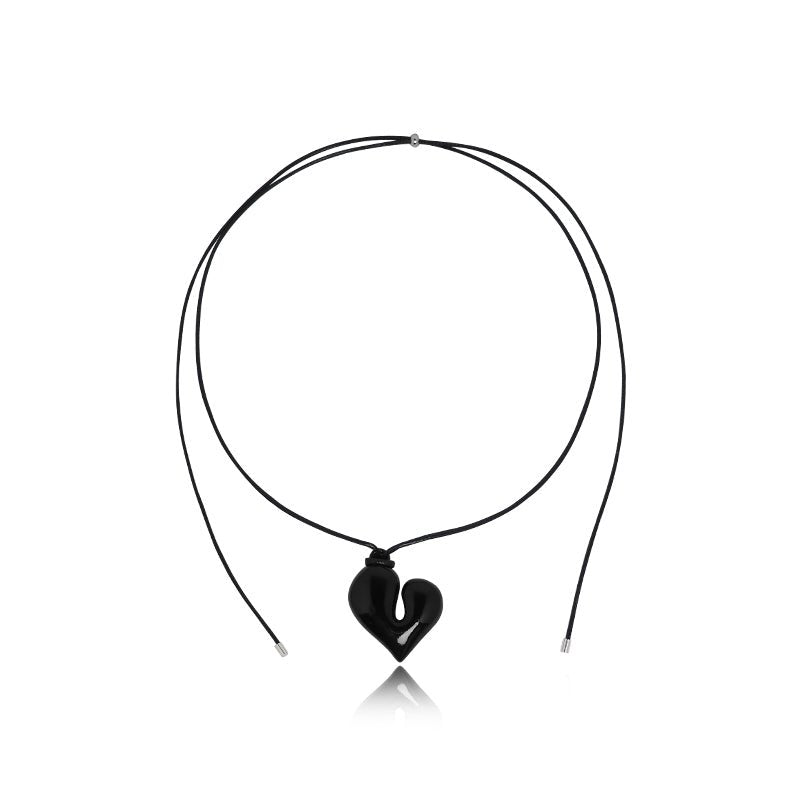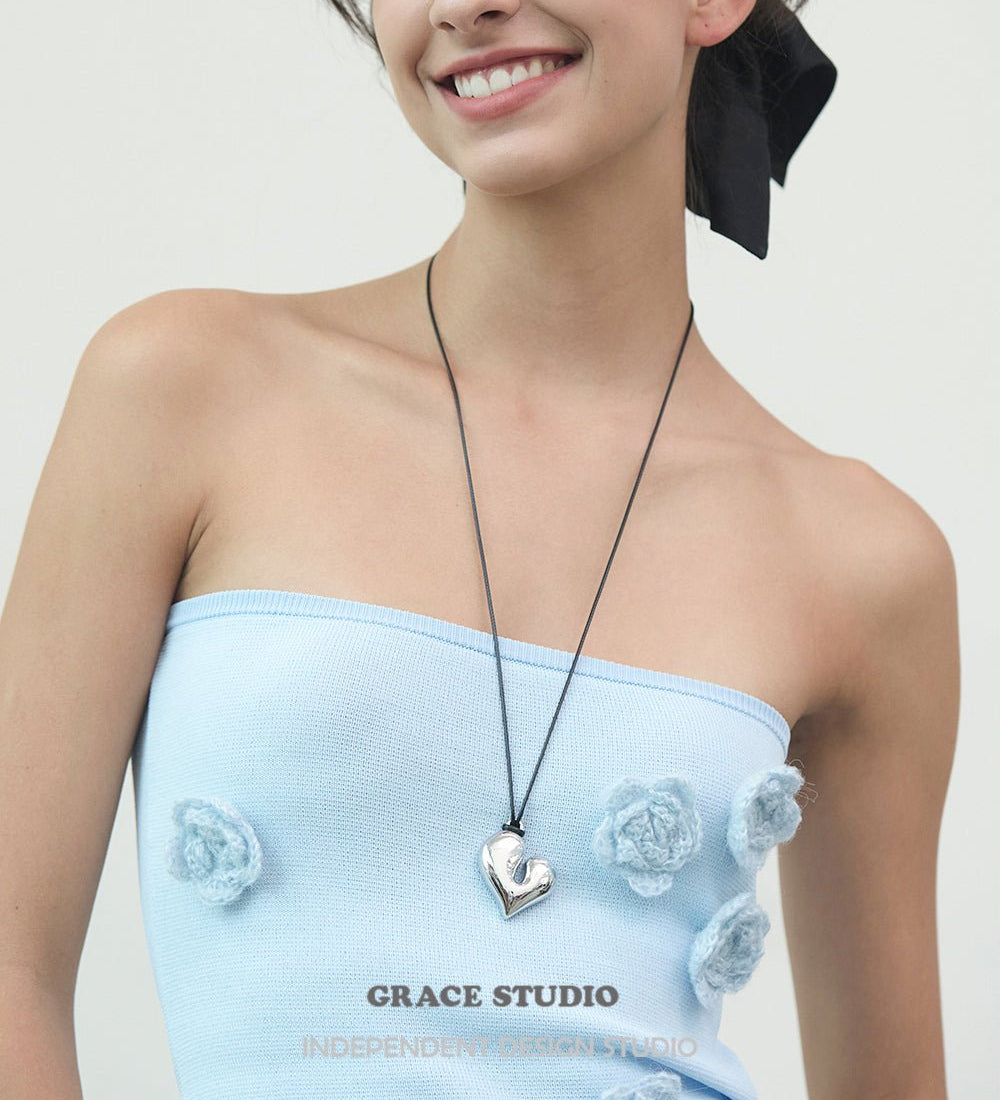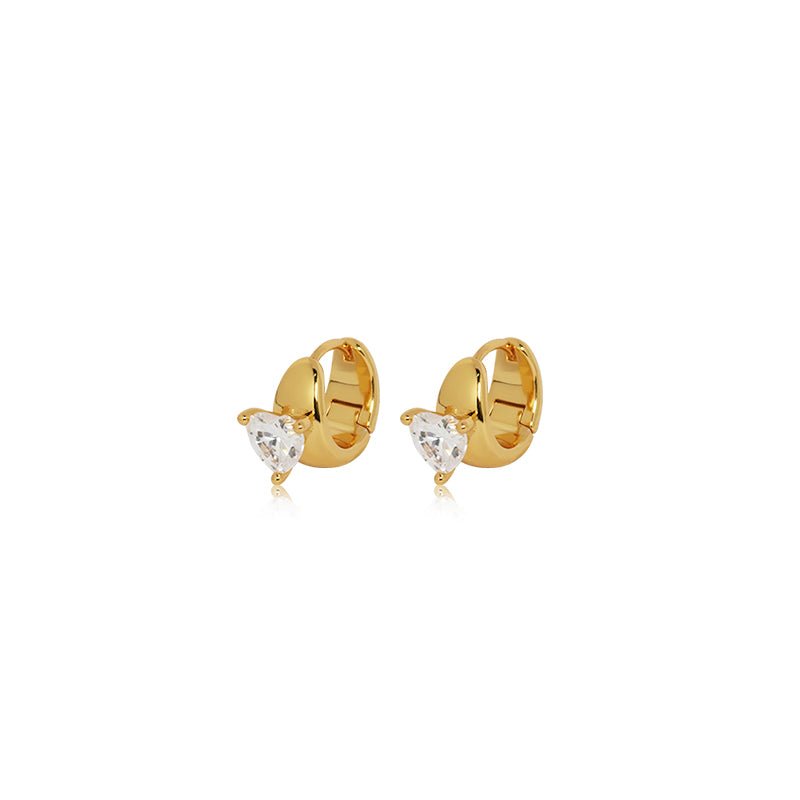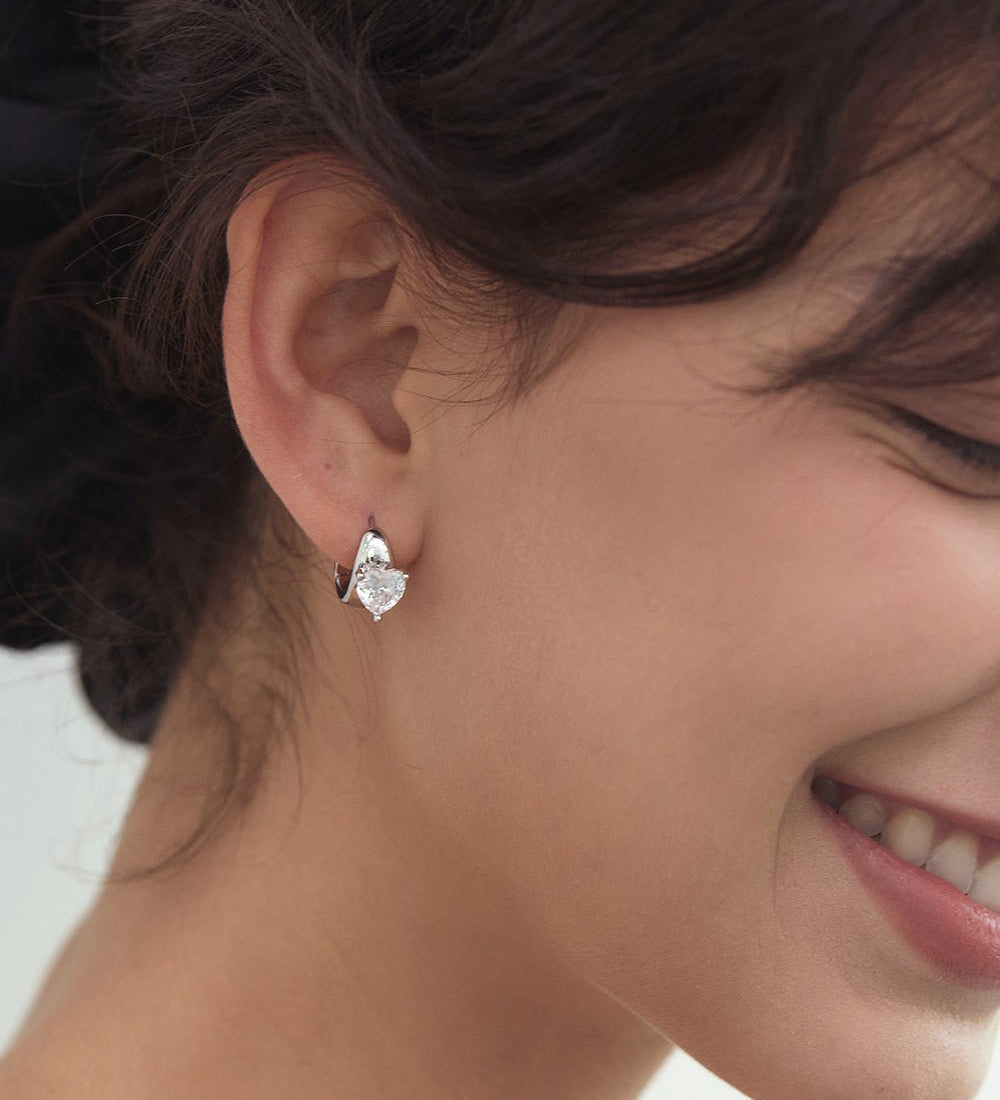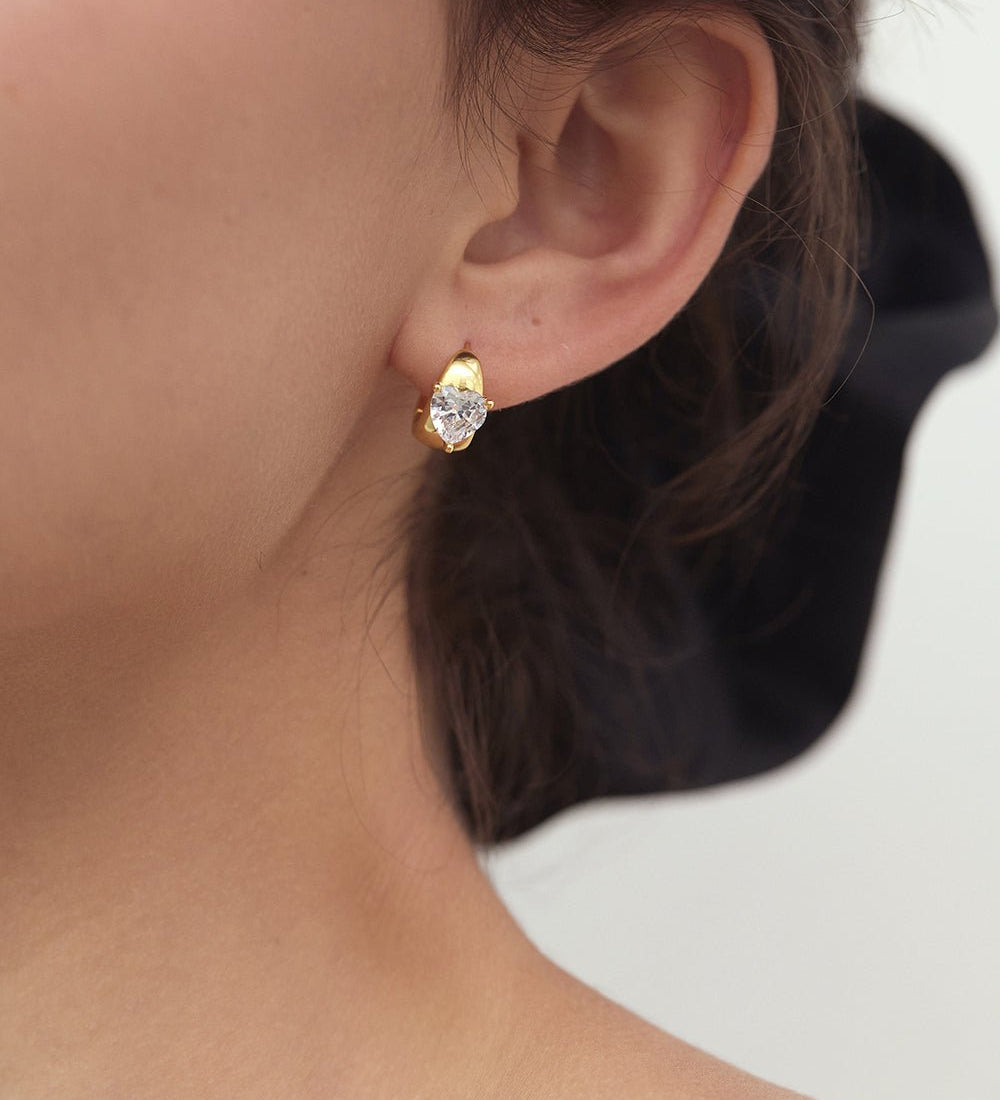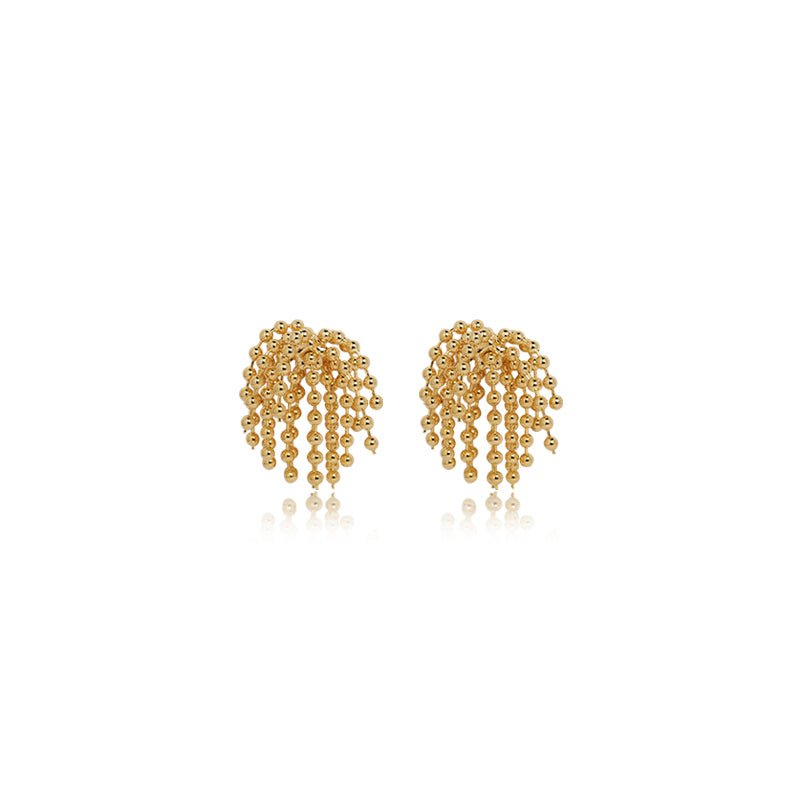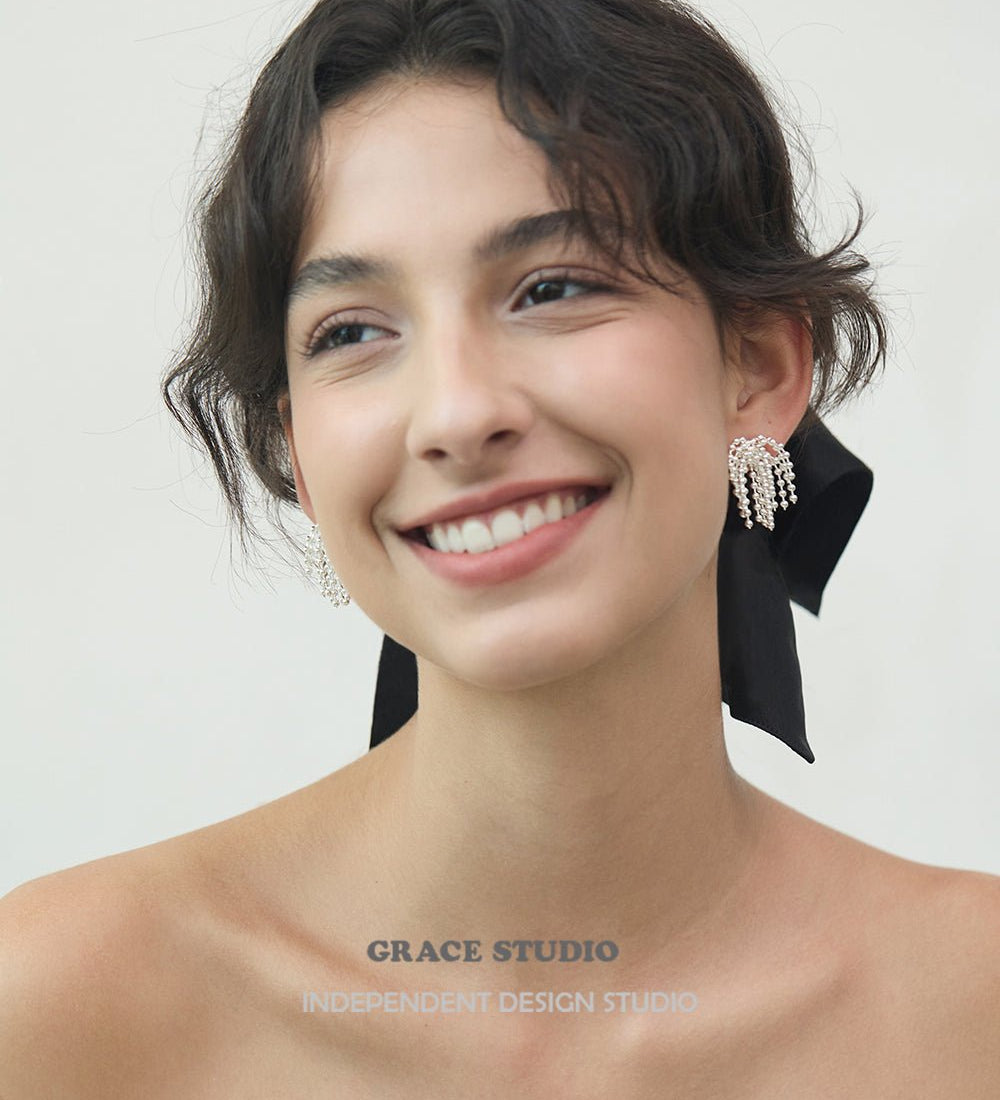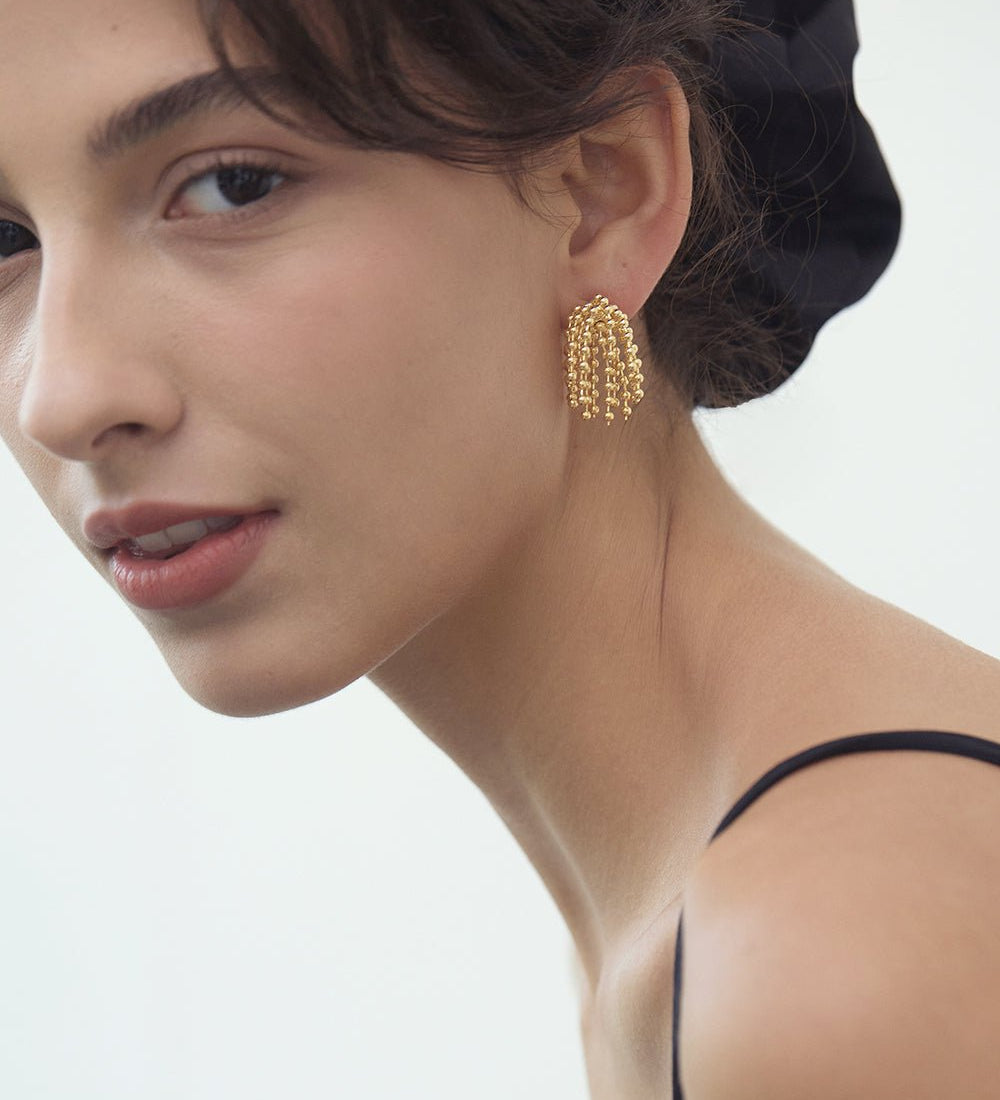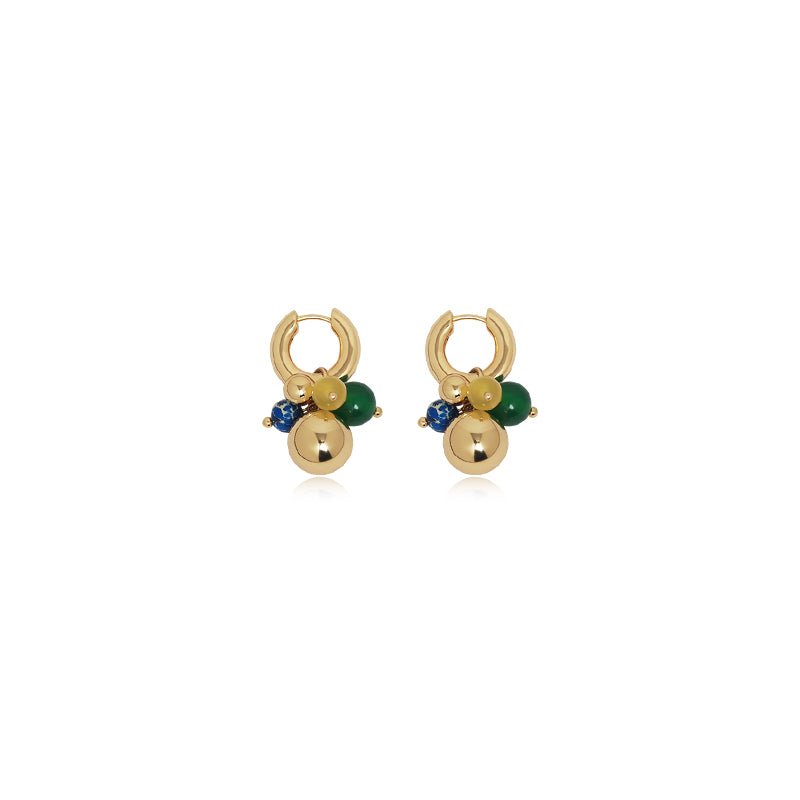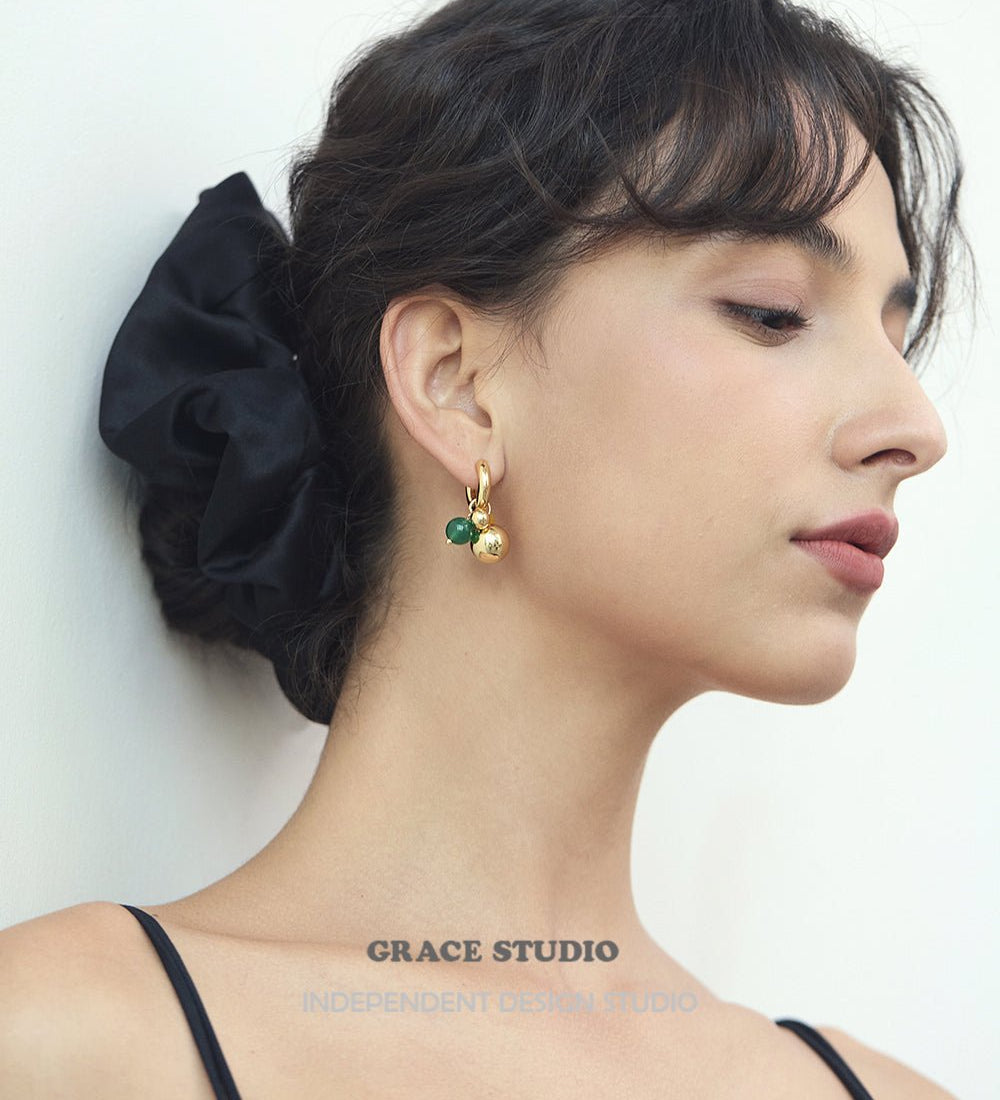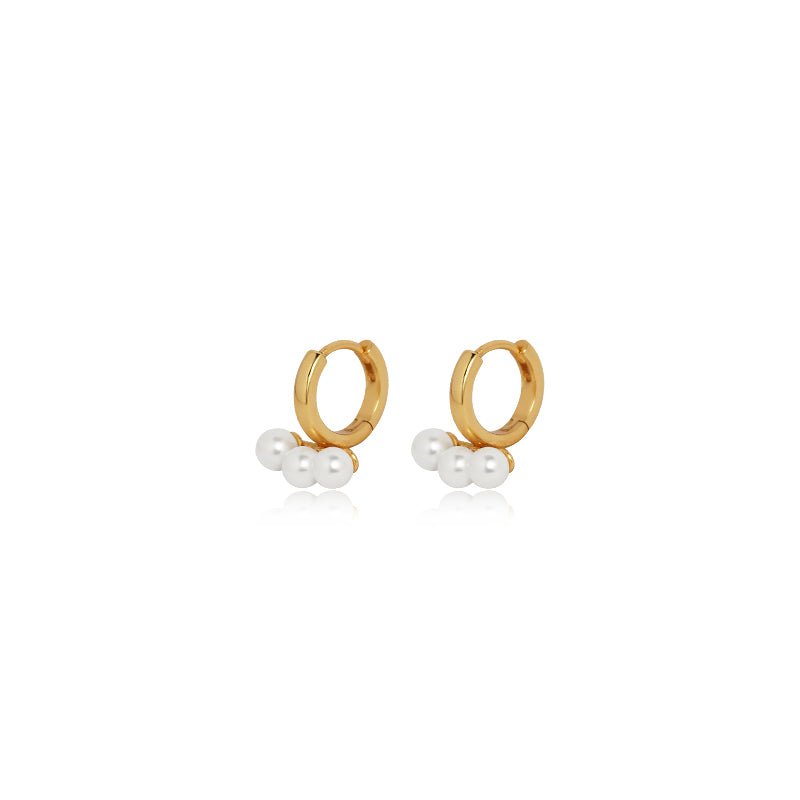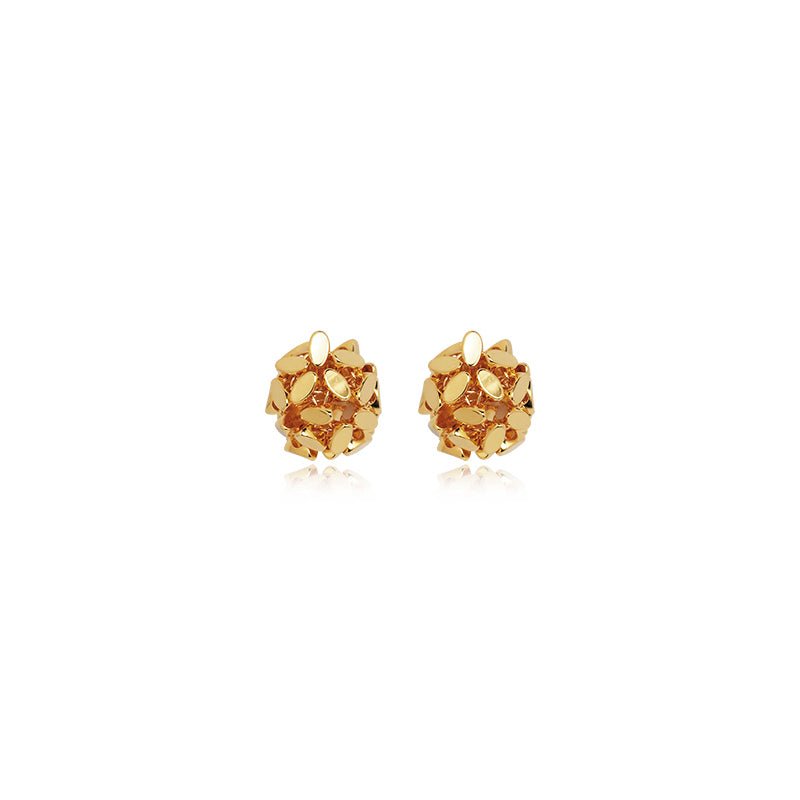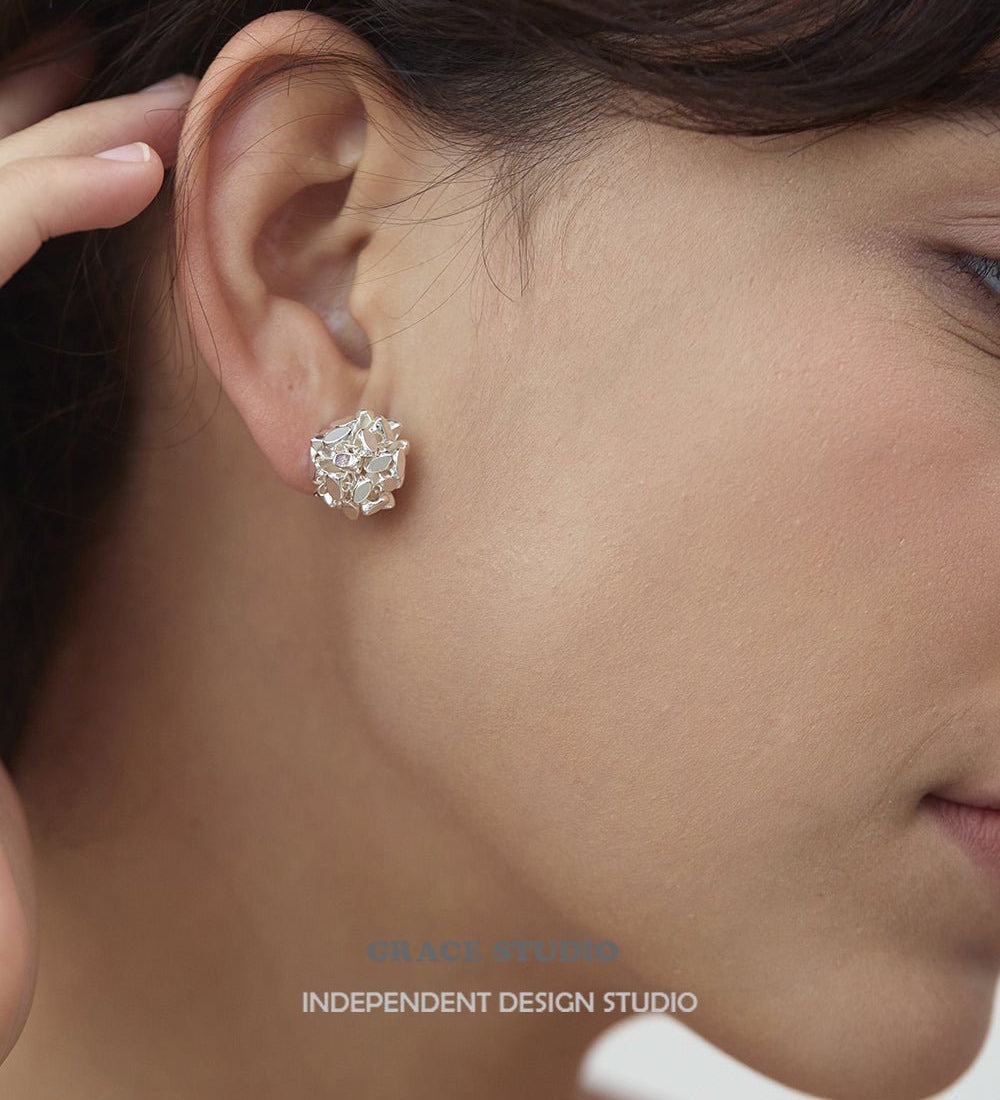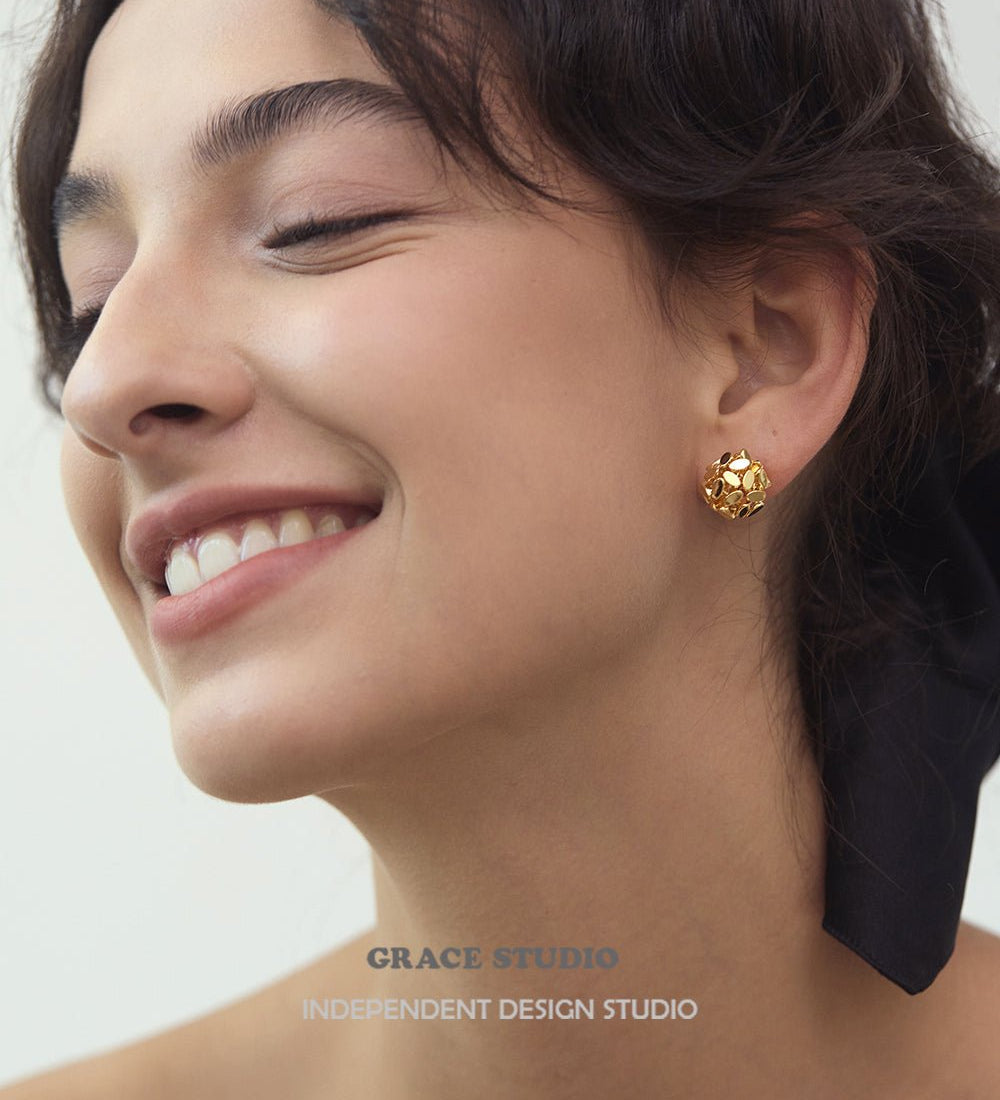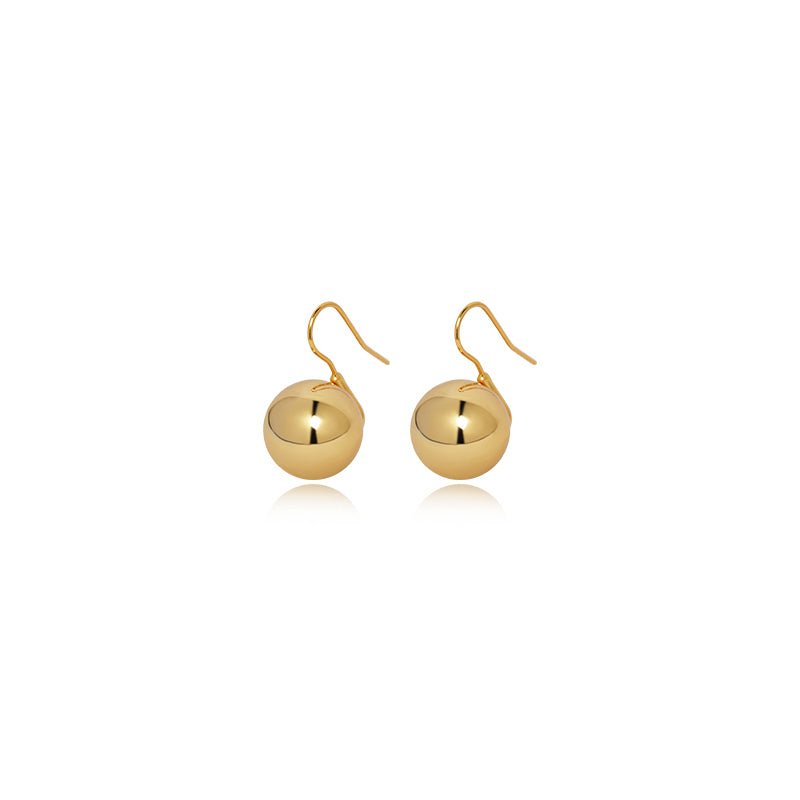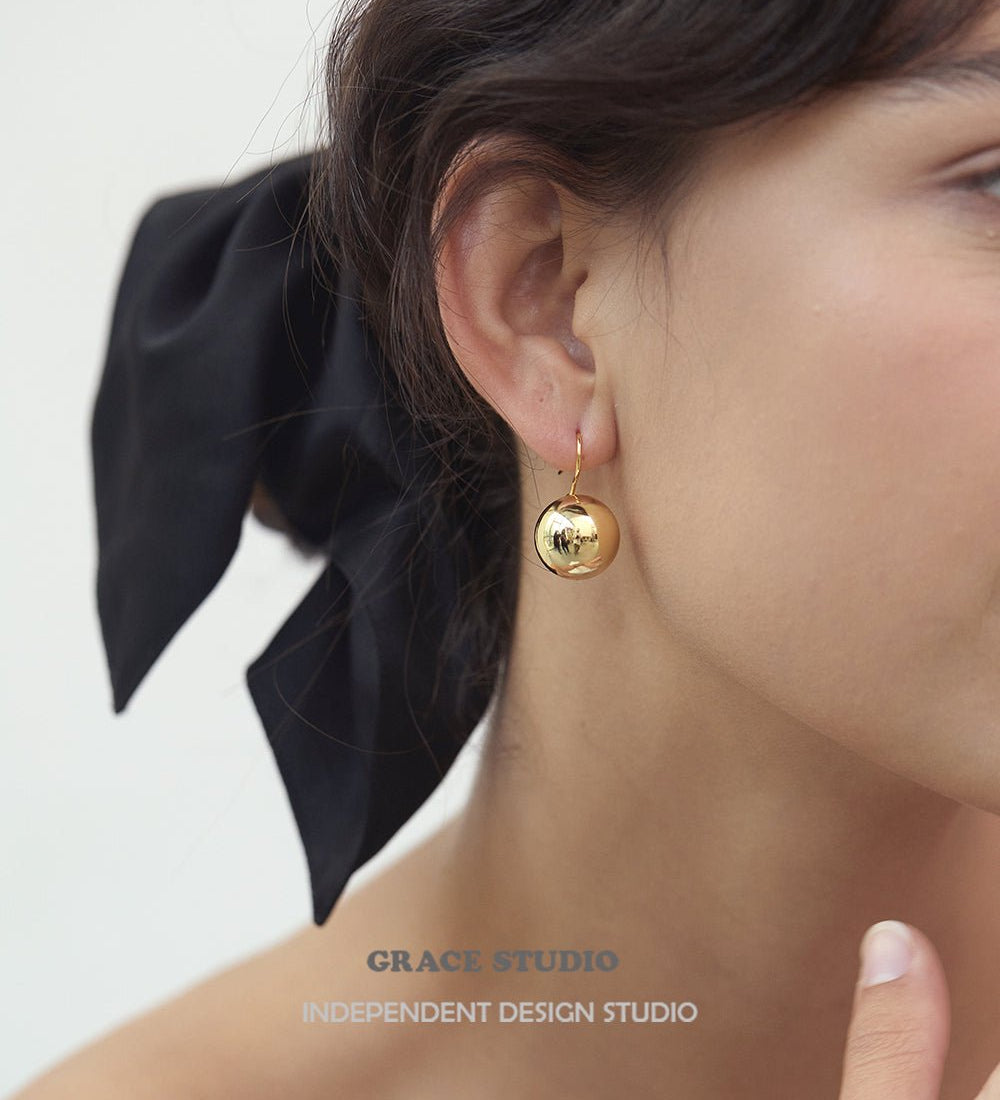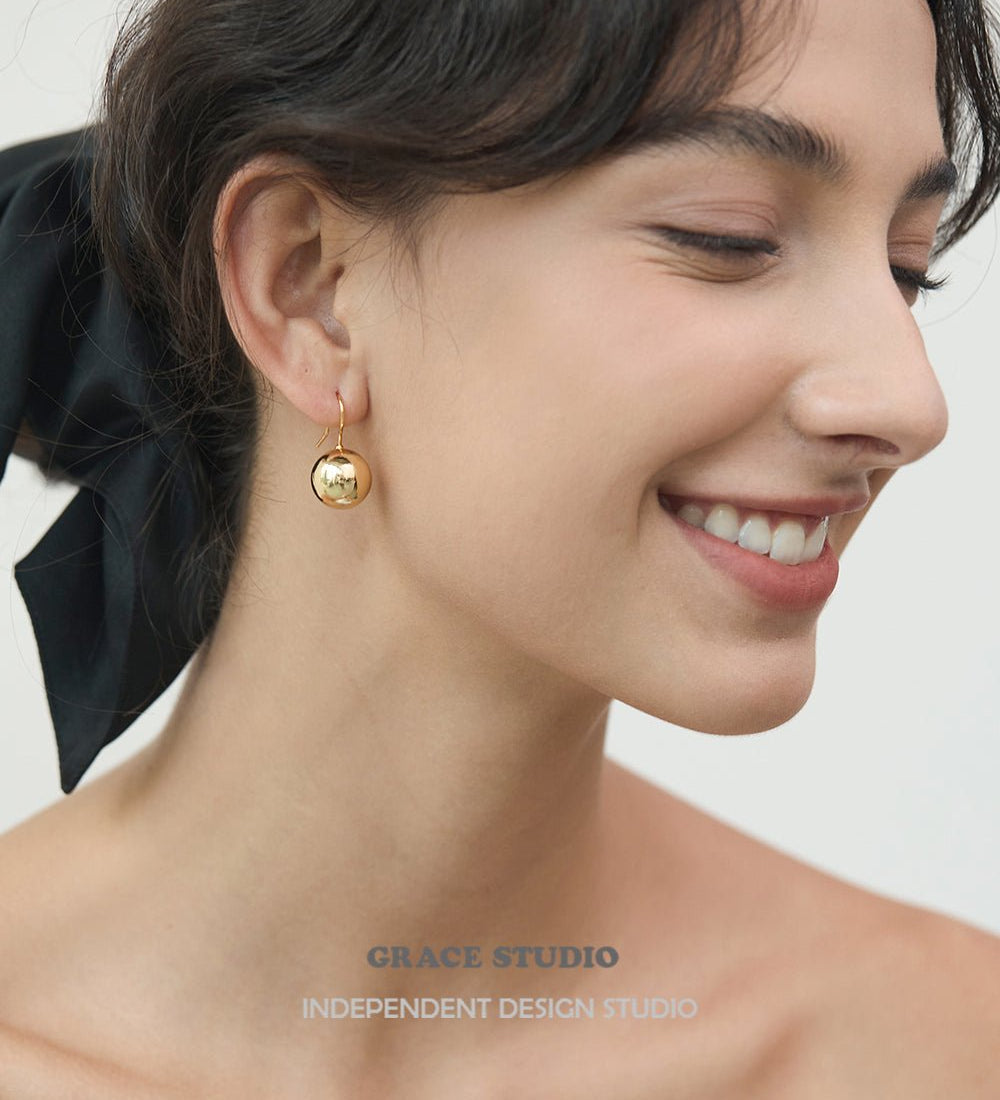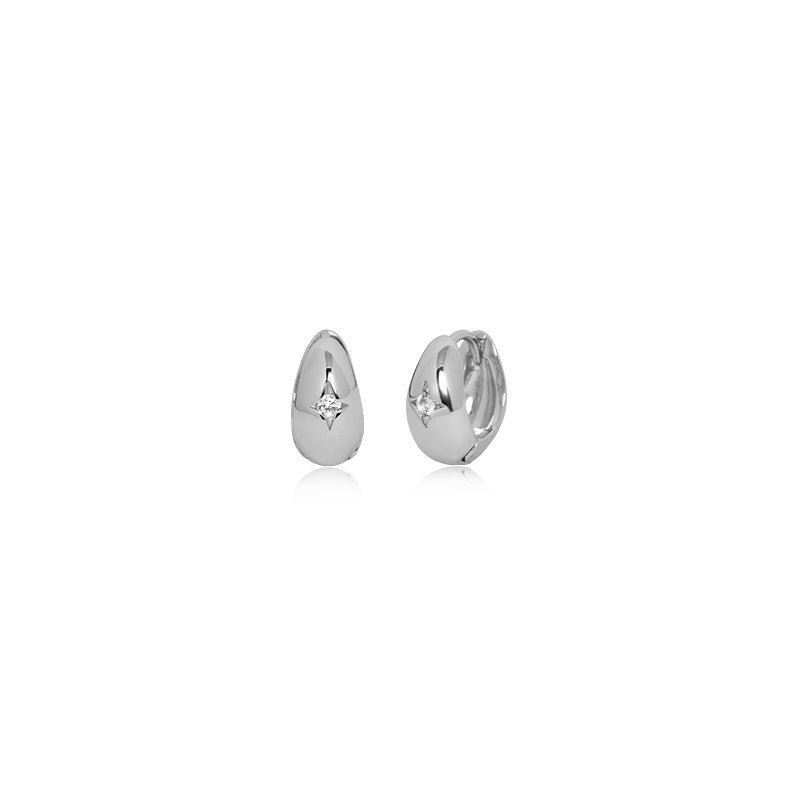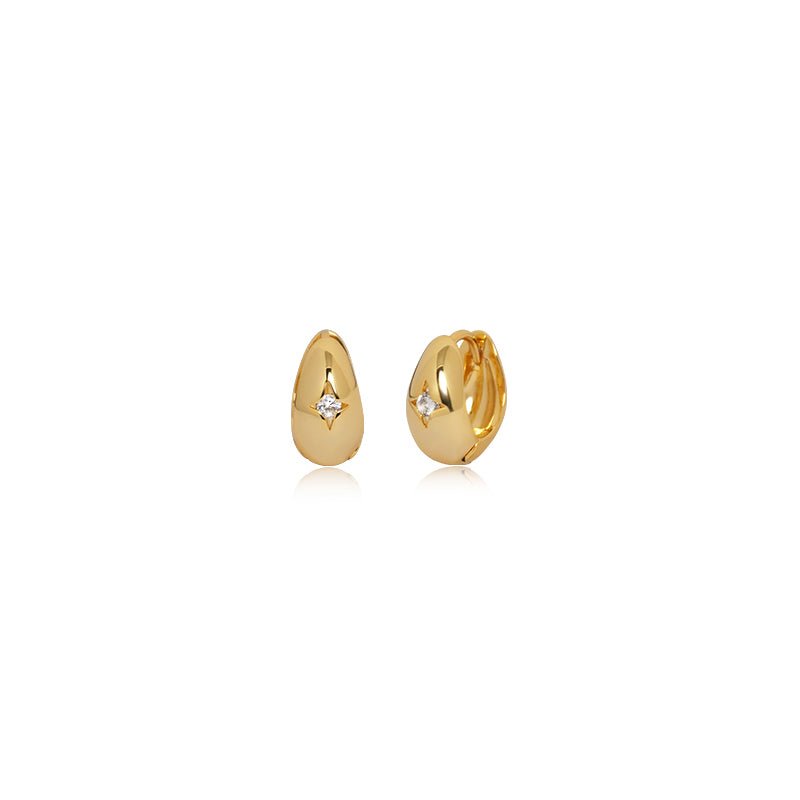How Much Are Pearl Necklaces? A Complete Guide to Prices, Quality, and What You’re Really Paying For
Pearl necklaces can range from $20 costume pieces to $20,000 heirloom investments, but why is the range so huge?
The truth is, not all pearl necklaces are created equal. Several factors influence their price, including the type of pearl, size, shape, luster, color, and even the necklace design itself. And while some pearls are mass-produced and dyed, others are grown naturally over years and harvested with extreme care.
Whether you’re shopping for your first pearl necklace, choosing a special gift, or curious about why some strands cost as much as a car, this guide is here to walk you through it. We'll explain what impacts pearl prices, the different types of pearls, and how to get the best value for your budget.
What’s the Price Range for Pearl Necklaces?
Pearl necklaces fall into three broad pricing categories:
1. Low-End: Under $100
These are typically freshwater pearls, imitation (faux) pearls, or machine-processed pieces. While they may still look beautiful, they often lack the luster, smoothness, and longevity of higher-quality options. Perfect for fashion jewelry or occasional wear.
2. Mid-Range: $100–$1,000
This is where you'll find better-quality freshwater pearls, smaller Akoya pearls, and entry-level Tahitian pearls. These necklaces usually have good luster, decent uniformity in size and shape, and solid craftsmanship. They're popular for everyday wear or thoughtful gifts.
3. High-End: $1,000 and Up
Luxury pearls fall into this range. These pieces may include top-grade Akoya, large Tahitian pearls, rare South Sea varieties, or intricate designer work. They feature exceptional luster, near-flawless surfaces, and perfectly matched pearls. These are investment pieces, often gifted for milestone occasions or passed down through generations.
Key Factors That Affect the Price of a Pearl Necklace

Type of Pearl
The type of pearl is perhaps the most significant factor when it comes to pricing.
- Freshwater Pearls are the most affordable and widely available. They are farmed in freshwater lakes and rivers, primarily in China. These pearls come in many shapes and colors and can be a fantastic budget-friendly option.
- Akoya Pearls are saltwater pearls primarily cultured in Japan. They are known for their high luster and round shape. Generally, Akoya pearls are more expensive than freshwater pearls because they take longer to cultivate and are harder to farm.
- Tahitian Pearls come from French Polynesia and are famous for their natural black, green, and blue hues. These pearls are typically larger than Akoya and have a bold, exotic appeal. Due to their origin and color rarity, they are more expensive.
- South Sea Pearls are the most valuable and rare, mainly produced in Australia, the Philippines, and Indonesia. These pearls are known for their large size, silky luster, and white, silver, or golden tones. Their scarcity and premium look push their price tag much higher.
Pearl Size
Size significantly influences the cost of a pearl necklace. Larger pearls are rarer and take longer to cultivate, which increases their price.
-
Freshwater pearls commonly range from 5mm to 10mm.
-
Akoya pearls range from 6mm to 9mm, with anything above 9mm being rare and expensive.
-
Tahitian and South Sea pearls start at about 8mm and can go up to 16mm or more.
The price can increase exponentially as size goes up, especially if the pearls maintain high luster and round shape.
Shape and Surface Quality
Perfectly round pearls are the most desirable and therefore, the most expensive. Achieving that shape naturally is rare.
Baroque pearls, which are irregular in shape, are more affordable but increasingly popular for their artistic, organic aesthetic. Many designers intentionally choose baroque shapes to create unique, modern looks.
Surface quality is another factor. Pearls with smooth, blemish-free surfaces command higher prices. Pearls with small imperfections or ridges may still be beautiful but cost less.
Luster and Color
Luster refers to how light reflects off the pearl's surface. High-luster pearls have a deep, mirror-like shine. Poor luster gives a dull or chalky appearance. Akoya and South Sea pearls are especially prized for their exceptional luster.
Color also matters. Natural colors (like golden South Sea or black Tahitian) are more valuable than dyed options. While freshwater pearls can be dyed to mimic rare colors, these typically don’t hold the same value.
Some of the most popular natural pearl colors include:
-
Creamy white
-
Rose or pink overtone
-
Silver or blue hues
-
Deep black or peacock green (Tahitian)
-
Golden (South Sea)
Necklace Length and Design
Pearl necklaces come in different lengths, each suited to a different look and occasion:
-
Choker (14–16 inches) — sits snugly at the base of the neck
-
Princess (17–19 inches) — the most versatile and popular length
-
Matinee (20–24 inches) — ideal for business or formal wear
-
Opera (28–36 inches) — perfect for evening wear or layering
-
Rope (37 inches or more) — very dramatic and elegant
The longer the necklace and the more pearls used, the higher the price. Multi-strand designs or pieces with decorative clasps or accent gems also increase the cost.
Brand and Craftsmanship
A designer name can significantly increase the price of a pearl necklace. Brands like Mikimoto, Tiffany & Co., and Cartier are known for exceptional quality and meticulous craftsmanship, but you're also paying for the name and prestige.
In addition, handmade pearl necklaces often cost more than mass-produced ones due to the time, labor, and skill involved. Handmade pieces may also include custom settings, unique designs, or rare pearl types.
How to Spot the Difference Between Real and Fake Pearls
With so many pearl necklaces on the market, it’s important to know how to tell the difference between genuine and imitation pearls.
1. The Tooth Test
Gently rub a pearl against the edge of your front teeth (not chewing!). Real pearls feel slightly gritty or sandy due to their natural nacre layers. Fake pearls often feel smooth or plasticky.
2. Weight
Real pearls are usually heavier than plastic or glass imitations. Hold a strand in your hand, if it feels unusually light, it may not be real.
3. Surface Texture
Examine the pearls closely. Real pearls often have slight surface imperfections or irregularities, while fake ones are usually perfectly smooth and identical.
4. Hole Quality
Look at the drill holes. In real pearls, the hole edges are usually smooth and clean. In fake pearls, the coating may peel or chip around the hole.
5. Temperature
Real pearls feel cool to the touch when you first pick them up and warm up slowly. Fake pearls tend to match room temperature more quickly.
6. Buy from Reputable Sellers
Always purchase from trustworthy jewelers, whether online or in person. Read reviews, check certifications, and ask for return policies.
7. Certification
For high-end pearl necklaces, request a certificate of authenticity. Reputable dealers will provide documentation detailing the pearl type, size, origin, and grade.
How to Choose a Pearl Necklace Based on Your Budget
 Choosing the right pearl necklace isn’t just about taste, it’s also about budget. Fortunately, beautiful pearl necklaces are available across a wide price range, and with a bit of insight, you can find one that fits your style and your wallet.
Choosing the right pearl necklace isn’t just about taste, it’s also about budget. Fortunately, beautiful pearl necklaces are available across a wide price range, and with a bit of insight, you can find one that fits your style and your wallet.
Under $100
If you’re working with a small budget or just dipping your toes into pearl jewelry, there are still plenty of good-looking options.
-
Faux pearls or simulated pearls are made from glass, plastic, or ceramic. While they don't carry the same value as real pearls, they can look stylish when worn casually.
-
Fashion jewelry brands often use imitation pearls to create trendy, modern designs.
-
Small freshwater strands, typically made with irregular or lower-grade pearls, offer an affordable way to wear real pearls.
These are great for:
-
Casual styling
-
Trying out pearl fashion without committing a large budget
-
Layering with other costume pieces for a fun look
$100–$500
In this range, you can find good-quality real pearls that offer excellent value.
-
Freshwater pearls of better quality, with improved luster and shape consistency
-
Small Akoya pearls, often around 6-7mm and with a classic white tone
-
Better finishing, more refined clasps, and smoother pearl matching in a necklace
These make thoughtful gifts and are perfect for:
-
Birthdays or anniversaries
-
Office wear or formal events
-
Minimalist, everyday elegance
$500–$1,500
This is the sweet spot for those looking for a blend of quality and beauty without going fully luxury.
-
Mid- to high-grade Akoya pearls with uniform shape and a bright mirror-like luster
-
Tahitian pearls, often smaller or mixed with other pearls in designs
-
Baroque or semi-round South Sea pearls in entry-level pieces
Necklaces in this range are often heirloom-quality and suitable for:
-
Wedding jewelry
-
Milestone anniversaries
-
Elegant evening wear or business functions
$1,500 and Up
This is where pearl necklaces move from high-end accessory to luxury investment.
-
Top-grade South Sea pearls, often 12mm+ with luminous luster and near-flawless surfaces
-
Large, round Tahitian pearls in matching strands
-
Custom-made or designer-label pieces with certified provenance
Expect:
-
Exquisite quality
-
Hand-matching of pearls for perfect symmetry
-
Durable construction that can last generations
These are ideal for:
-
Collectors and connoisseurs
-
Brides wanting a luxury keepsake
-
Family heirlooms
Are Expensive Pearl Necklaces Worth It?
 If you're considering a high-end pearl necklace, it's natural to ask: is it really worth it?
If you're considering a high-end pearl necklace, it's natural to ask: is it really worth it?
1. Long-Term Value
Premium pearl necklaces are not just accessories; they can be investments. A well-maintained South Sea or Tahitian strand can retain its value or even appreciate, especially if accompanied by certification.
2. Heirloom Quality
Luxury pearl necklaces are made with durability and timelessness in mind. When cared for properly, they can last for decades and be passed down to future generations.
3. Aesthetics & Craftsmanship
The difference in appearance is noticeable. High-end pearls have richer luster, smoother surfaces, and flawless symmetry. They also feel more substantial and often come with premium finishes and settings.
4. When to Splurge
Consider investing in expensive pearls if:
-
It's a special milestone (wedding, 50th birthday, etc.)
-
You want a signature, timeless piece for formal events
-
You’re gifting someone for a life achievement
Otherwise, mid-range pearls often offer the best of both worlds for most shoppers.
Where to Buy Pearl Necklaces
1. Jewelry Boutiques
Independent or luxury jewelers often offer:
-
Personalized service
-
Certificate of authenticity
-
Hand-selected collections
Great for those who want a custom fit, unique design, or expert guidance.
2. Online Retailers
Online shopping offers variety and convenience. Look for:
-
Reputable platforms like Blue Nile, The Pearl Source, or Pure Pearls
-
High-res images, customer reviews, and return policies
-
Accreditation from organizations like GIA or JPEA
Be cautious of deals that seem too good to be true.
3. Vintage or Estate Jewelry Shops
These can be treasure troves of rare pearls at excellent prices. You may find:
-
Antique South Sea or Akoya strands
-
Art Deco or retro styles
-
One-of-a-kind craftsmanship
However, always ask for evaluations and authenticity documentation.
4. What to Look For in a Seller
Whether in-store or online:
-
Ask about the origin, size, and grade of the pearls
-
Request a certificate for high-value items
-
Ensure there’s a solid return or exchange policy
-
Read customer testimonials or reviews
Final Thoughts
Pearl necklace prices vary for good reason: type, size, luster, craftsmanship, and design all play a role. Whether you’re spending $50 or $5,000, what matters most is finding a necklace that suits your personal style and lifestyle needs.
If you’re just starting out, you don’t need to break the bank to wear something beautiful. For those who want something meaningful, timeless, and luxurious, pearls are a worthy investment.
With this guide, you're now equipped to make a smarter, more confident decision the next time you're browsing a jewelry case or scrolling through a pearl collection online. Remember: pearls aren’t just for special occasions, they can elevate everyday style, too.
Pearls can be affordable, elegant, dramatic, or understated. There really is a pearl necklace out there for everyone.
